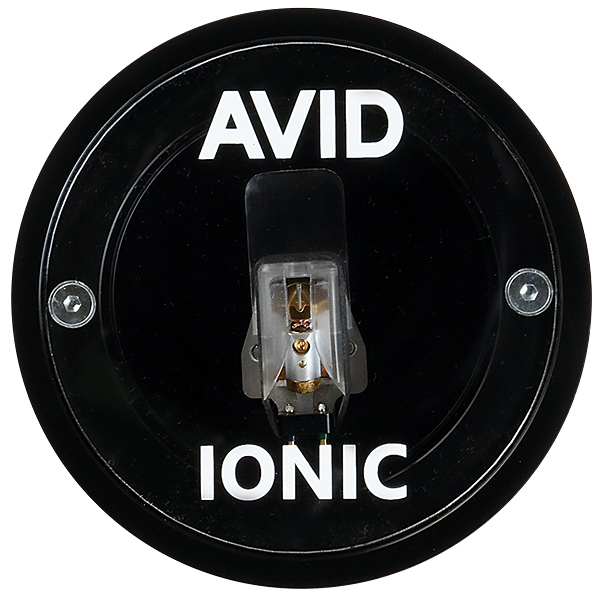AVID Ionic Cartridge Travelling By Tube
As I've discussed before, the ideal pick-up cantilever would be both infinitely stiff and vanishingly lightweight. While such a combination remains the stuff of engineering fantasy, it does explain why exotic cantilever materials have featured in high-end pick-ups since the late '70s when Dynavector launched its Karat Diamond and Ruby MCs [HFN Nov '80] and Technics used a boron pipe in its equally classic EPC-205 moving-magnet [HFN Dec '80 & Sep '18]. For the pick-up designer, the choice of cantilever remains a juggling act between physical properties, cost and ease-of-manufacture. All three factors explain why the aluminium alloy tube still remains the go-to choice when working to realistic budgets. Not least because it's much easier to mount a diamond on a shank through one end of an alloy cantilever [Vertere Sabre, HFN Feb '22] than to glue it onto a boron pipe [AVID Boron, HFN Apr '21] or diamond rod [Ortofon MC Verismo, HFN Mar '22].

The alloy tube also brings with it a concession to resonance – bending modes that occur within the top-end of the audio range and that typically result in a sharp dip in output between 10-15kHz. Experienced cartridge 'artisans' understand this, of course, and the best are able to 'tune' these modes. By careful choice of tube length, wall thickness, moving mass, fulcrum compliance and damping, the achievable frequency response is extended to ~20kHz, albeit at the expense of some irregularity. That is exactly what we see in the Ionic and, in significant part, is what contributes to the asking price. PM


















































